Safeguarding children from toxic air pollution
There seems little awareness that the most vulnerable segment of the population to seemingly unstoppable air pollution, is India’s children. Their still-developing lungs inhale more air relative to their size than adults, resulting in absorption of greater concentrations of pollutants. Exposure to toxic air causes respiratory infections, asthma, and developmental delays, which can cause lifelong disability and reduce longevity – Kiran Balimane & Cynthia John.
Even as the United Nations Climate Change Conference (UNCCC COP 29) 2024 attended by 80 delegates including several heads of state and prime ministers (but not from the US and China) convened in Baku, Azerbaijan on November 11 for a two-week summit to discuss the impact of greenhouse gases and carbon emissions on Planet Earth’s deteriorating environment, another winter of discontent descended upon the long-suffering citizens of metropolitan India. Television channels and social media are abuzz with alarming reports of rising air pollution and its devastating impact on the health and well-being of India’s citizens, especially vulnerable children.
Every winter, India’s metros and major cities — synonymous with traffic-choked roads, air-polluting smokestacks, dying water bodies, and depleting green cover — break the Air Quality Index (AQI) barometer records with readings of harmful (300-400) and hazardous (400-500). A dubious Indian record is that six of the world’s Top 10 most polluted cities are in India. On November 14 (Children’s Day) the ignominious title of the world’s most polluted city with a AQI 452 reading went to New Delhi, India’s national capital.
Several authoritative studies indicate that India loses 1 million lives annually to air pollution with particulate matter (PM 2.5) having been established as the major cause of a severe health crisis sweeping the country. These fine particles measuring 2.5 microns (more than 100 times thinner than a human hair) enter deep into citizens’ respiratory tracts and impair the lungs, often causing cancer.
A 2021 Stanford University (USA)-led study published in Nature Scientific Reports — the first investigation of air pollutants effects at the single cell level that simultaneously focuses on cardiovascular and immune systems in children — confirms that bad air can alter gene regulation in a way that may impact long-term health. “It looks like even brief air pollution can actually change the regulation and expression of children’s genes and perhaps alter blood pressure, potentially laying the foundation for increased risk of disease in later life,” says Mary Prunicki, Director of air pollution and health research at Stanford’s Sean N. Parker Centre for Allergy & Asthma Research.
Nevertheless, there seems little awareness within the establishment that the most vulnerable segment of the population is India’s children. Their still-developing lungs inhale more air relative to their size than adults, resulting in absorption of greater concentrations of pollutants. Exposure to toxic air causes respiratory infections, asthma, and developmental delays, which can cause lifelong disability and reduce longevity. According to the State of Global Air 2024, an annual publication jointly produced by HEI (Health Effects Institute) and Unicef, 464 children die daily in India due to air pollution, which is now the second leading cause of death among children under five years in South Asia.
For our cover story this month, PW invited pediatricians and health experts to highlight the adverse impact of air pollution on children’s health and well-being, and to suggest ways and means parents can protect children from this ballooning threat.
Major air pollutants
According to the World Health Organization (WHO), the world’s major air pollutants are:
- Fossil fuels used for power generation, vehicular transport, household cooking, heating and waste incineration especially in densely populated urban habitats. Rural communities suffer air pollution emitted from households using kerosene and biomass coal for cooking, heating and lighting by incineration of agriculture waste, particularly stubble.
- Other indoor air pollutants including volatile organic compounds emitted from household products and building supplies, asbestos, pesticides, mercury (e.g, from broken thermometers), radon and biological pollutants.
- Tobacco smoke, another significant source of indoor air pollution, poses a health risk to children.
Child health impact
Children are most vulnerable to air pollution, confirms Gurgaon-based paediatrician Dr. Ridhi Kaur. “Children don’t have fully-developed lungs. They breathe faster than adults, inhale more air, and consequently, more pollutants. Moreover, they tend to spend more time outdoors engaging in games and sports, often in polluted environments. Also, their immune systems have not fully developed, making them more susceptible to respiratory ailments,” says Dr Kaur.
The impact of high AQI on children “is dry and/or irritated eyes, headaches and fatigue, allergies/ shortness of breath, chest pain, coughing, or wheezing, and anxiety and depression,” she adds.
Deploring the tolerance and inaction of politicians and business/ industry leaders to seriously address air and environmental pollution in India’s major cities, Dr. Kaur warns that severe air pollution can ruin children’s lives and often prove fatal. Neglect to address this issue could result in:
Neurodevelopmental disorders. Sustained exposure to air pollution slows children’s neurodevelopment, lowers cognitive abilities, and can cause disorders such as autism and ADHD. A 2017 Unicef report highlights that air pollution impacts cognitive development of children leading to reduced verbal and non-verbal IQ, adversely affects memory and test scores as also causes other neurological behavioural problems.
Childhood obesity. Air pollution is provenly associated with postnatal weight gain, increased BMI, and insulin resistance.
Lung damage. Air pollution impairs lung function and stunts lung growth in children. “There is robust evidence establishing causal connection between air pollution and rising incidence of children’s lung ailments,” says Dr. Kaur.
Respiratory illnesses. Increases risk of pneumonia, asthma, and frequent ear infections due to weakened immune response.
Childhood cancer. Studies indicate that increased incidence of childhood leukaemia is the outcome of road traffic-related pollution.
Dr. Tarun Singh, consultant, pediatrics and neonatology, Bhagwan Das Hospital, Sonipat, concurs. “There is a national air pollution emergency that has severely impacted children, especially those with pre-existing respiratory issues such as asthma or chronic bronchitis. Polluted air exacerbates symptoms leading to increased frequency of asthma attacks, respiratory distress, and allergic reactions. Moreover, during the winter months when AQI levels are very high, there is a marked rise in emergency room visits and hospitalizations,” says Dr. Singh.
To combat the rising incidence of air pollution sweeping the country, Dr. Singh advises parents of children especially those with a history of respiratory ailments and asthma, to collaborate with healthcare providers “to create a detailed asthma action plan that outlines medication use, symptom tracking, and emergency action and thoroughly educating children about using rescue inhalers and other medication”.
Protective measures
Even as the UN Climate Change Conference COP 29 that concluded in Baku on November 22 struggles to evolve global solutions to reduce greenhouse gases and other air pollutants that are threatening penetration of the ozone layer that protects Planet Earth from excessive global warming, the burden of mitigating the adverse effects of environmental pollution and protecting vulnerable children on a day-to-day basis has devolved upon parents and teachers.
Dr. Ridhi Kaur (quoted above) suggests some effective ways parents can protect children from air pollution:
- Monitor air quality by regularly checking the AQI in your area.
- Restrict outdoor play on high-pollution days.
- Use well-fitting N95 masks for extra protection when the index is high.
- Ban lighting firecrackers during festivals and events which adds toxins to air.
- Schedule outdoor play and activity during lower pollution times such as early morning.
- Ensure your home is properly ventilated, especially the kitchen.
- Avoid smoking indoors or in children’s vicinity.
- Install air purifiers with HEPA filters to reduce indoor pollution.
- Maintain a healthy lifestyle. Ensure your child has a balanced diet, remains hydrated, and washes hands frequently.
- On high pollution days, keep home windows and doors shut to limit the inflow of polluted air.
- Use air-purifying indoor plants (see above).
- Visit your child’s paediatrician regularly, especially during or after high pollution seasons.
Dr. Tarun Singh believes that children themselves should be motivated to join the fight against air pollution. “Educate children about the importance of air quality for overall health and well-being while empowering them to take precautions and make informed lifestyle choices. Moreover, encourage children to participate in school and community initiatives to improve air quality and raise awareness about environmental pollution issues,” says Dr. Singh.
Singh believes that school managements should assume responsibility to adopt and enforce policies to protect children’s health by restricting outdoor activities during poor air quality days. “Ensuring that children especially those with respiratory problems are protected during severe pollution days is an important institutional responsibility that requires communication and collaboration between all stakeholders including parents, schools, and healthcare providers,” adds Dr. Singh.
Yet even as parents and schools need do their best to shield children from the dangerous effects of declining environmental pollution, healthcare experts are unanimous that concerted government action is required to find lasting solutions to this problem which is threatening the health and well-being of future generations.
The Air Quality Index (AQI) is a standardized metric used to measure air quality indicating clean or polluted air and ill-effects of ingesting it. The AQI metric ranges from 0 to 500, categorising air quality into several levels:
Good (0-50). Air quality poses little or no risk.
Moderate (51-100). Acceptable, however, safeguard children from some pollutants.
Unhealthy for sensitive groups (101-150). Members of ‘sensitive groups’, including children with a record of respiratory ailments, are likely to experience health problems.
Unhealthy (151-200). All citizens will experience respiratory discomfort of varying degrees while children with respiratory ailments track record are likely to struggle.
Very unhealthy (201-300). Health alert — All citizens will experience cough, colds with vulnerable groups most susceptible.
Hazardous (301-500). This AQI level requires warning of emergency conditions.
Parents are advised to check and monitor air quality apps daily (Aircare app) and pay heed to pollution alerts issued by local health departments, especially during the stubble burning season and high-traffic periods to minimise children’s exposure to air pollution.
Even as the Central, state and civic governments that have to balance economic growth with reducing air pollution, are proving unequal to the task, the burden of caring for children has devolved upon parents. Meanwhile, a new industry has emerged to fight air pollution. Some aids include:
Air purifiers. They improve indoor air quality by filtering out pollutants, allergens, and harmful particles. Using HEPA filters and activated carbon, they capture contaminants.
Recommendations. Philips Smart Air Purifier Ac1711; Eureka Forbes Aeroguard Breeze
Masks. High-quality masks, such as N95 respirators, provide personal protection against airborne pollutants and particulate matter. They are especially useful on high-pollution days or in areas with poor air quality.
Recommendations. N95 Respirator Masks; P100 Masks
Air pollution monitors. These AQI apps measure the concentration of pollutants in the air, providing real-time data on air quality. This information enables families to make informed decisions about outdoor activities.
Recommendations. Amazon Smart Air Quality Monitor; AIRTH AQI Monitor
Dehumidifiers. Dehumidifiers control humidity levels in indoor spaces. They can prevent the growth of mold and dust mites — common allergens that exacerbate respiratory ailments.
Recommendations. SHARP dehumidifier with air purifier; Eva-dry wireless mini dehumidifier; Car air purifier; Sharp plasma-cluster car air purifier
5 indoor plants to combat air pollution
While high-income households in Delhi and the metros are installing air purifiers in their homes, for the less privileged, plant scientists and biologists recommend indoor plants and shrubs as antidotes. They reduce carbon dioxide levels, lessen humidity, and mitigate the impact of pollutants such as benzene and nitrogen dioxide, and absorb airborne dust.
According to researchers at IIT-Kanpur, the Top 5 indoor plants to fight household air pollution are areca palm, mother-in-law’s tongue, golden pothos, chrysanthemum and the money plant.
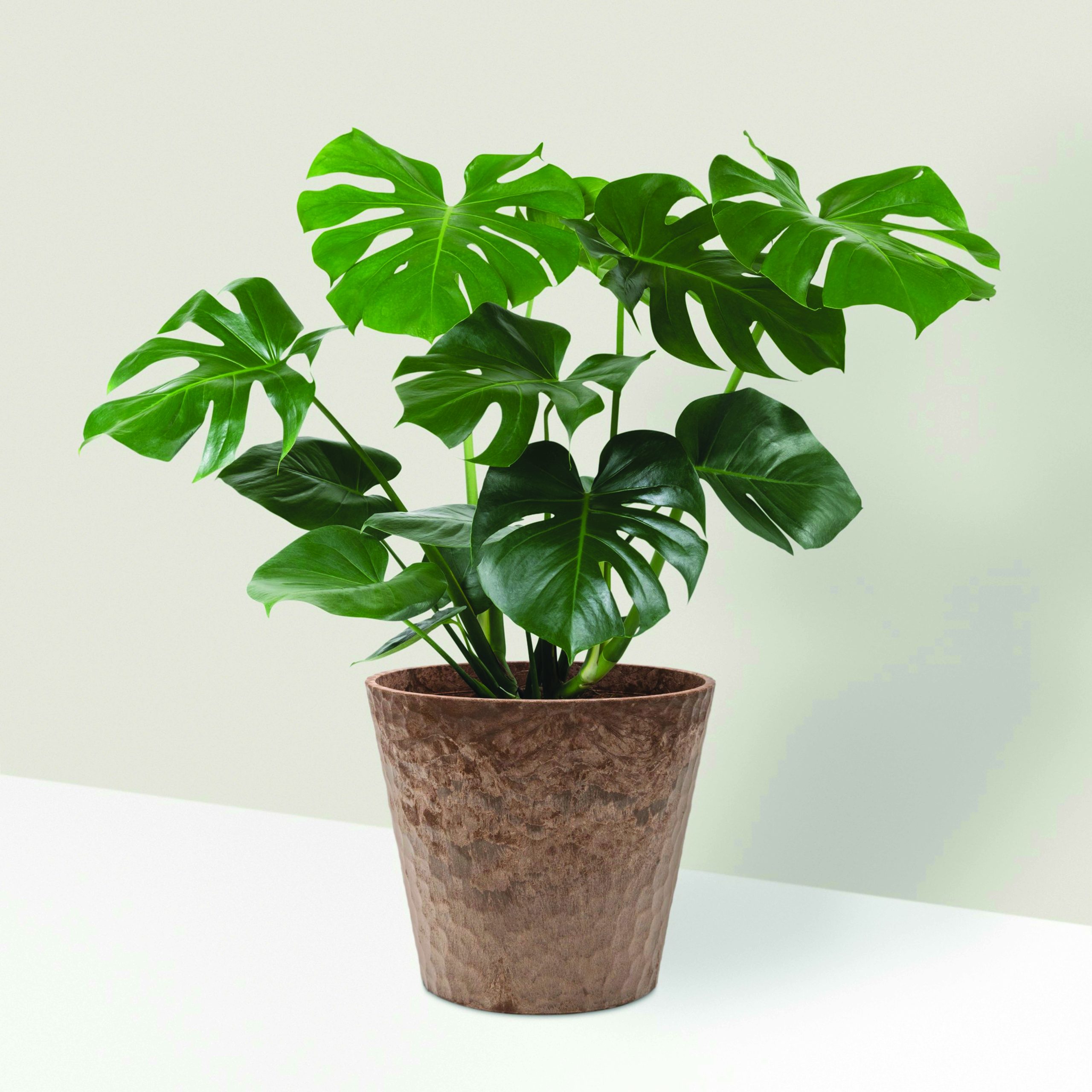 Areca Palm (chrysalidocarpus lutescens). It needs exposure to the sun once in three months. Make sure you clean the leaves every day. Best in the living room.
Areca Palm (chrysalidocarpus lutescens). It needs exposure to the sun once in three months. Make sure you clean the leaves every day. Best in the living room.
 Mother-In-Law’s Tongue (sansevieria trifasciata). This plant converts carbon dioxide into oxygen at night; best in bedrooms.
Mother-In-Law’s Tongue (sansevieria trifasciata). This plant converts carbon dioxide into oxygen at night; best in bedrooms.
Golden Pothos (scindapsus aures). This plant grows in the glow of tubelight and fights indoor pollutants.
Chrysanthemum. Great for combating benzene and ammonia emissions. Needs sunlight to bloom, so place it in a room that gets maximum natural sunlight.
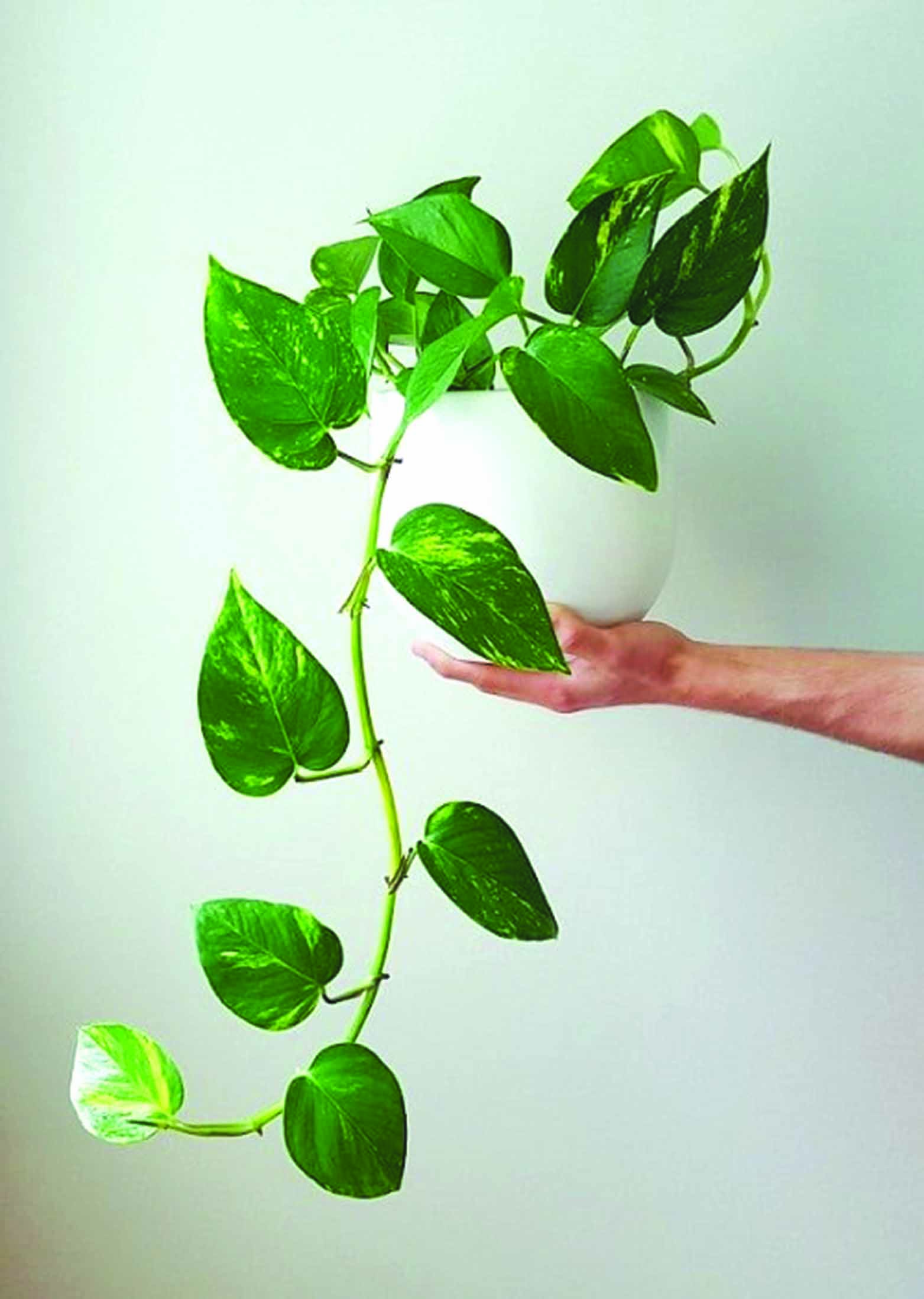 Money Plant (epipremnum aureum). Best in living room. Expose to sunlight weekly.
Money Plant (epipremnum aureum). Best in living room. Expose to sunlight weekly.
Other recommended indoor plants are bamboo palm, Chinese evergreen, and spider plant.





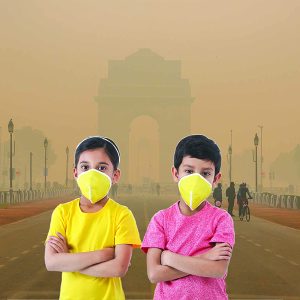
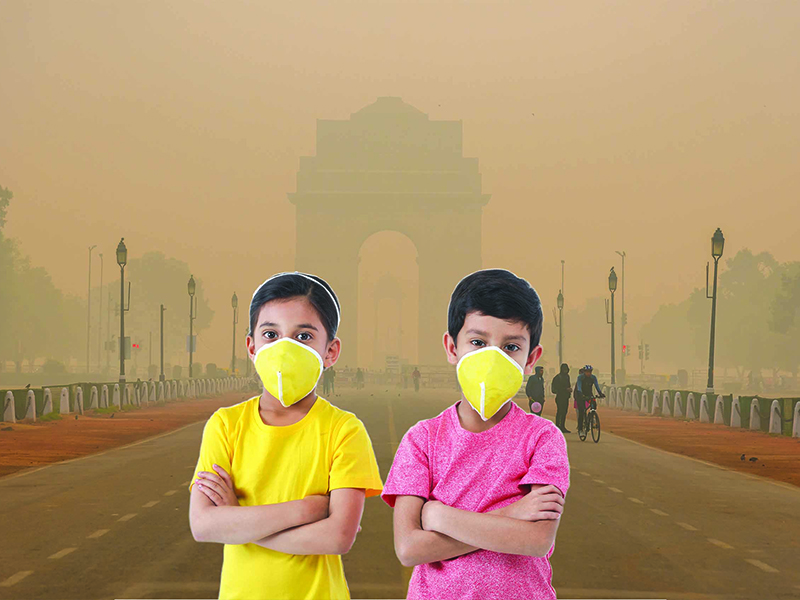


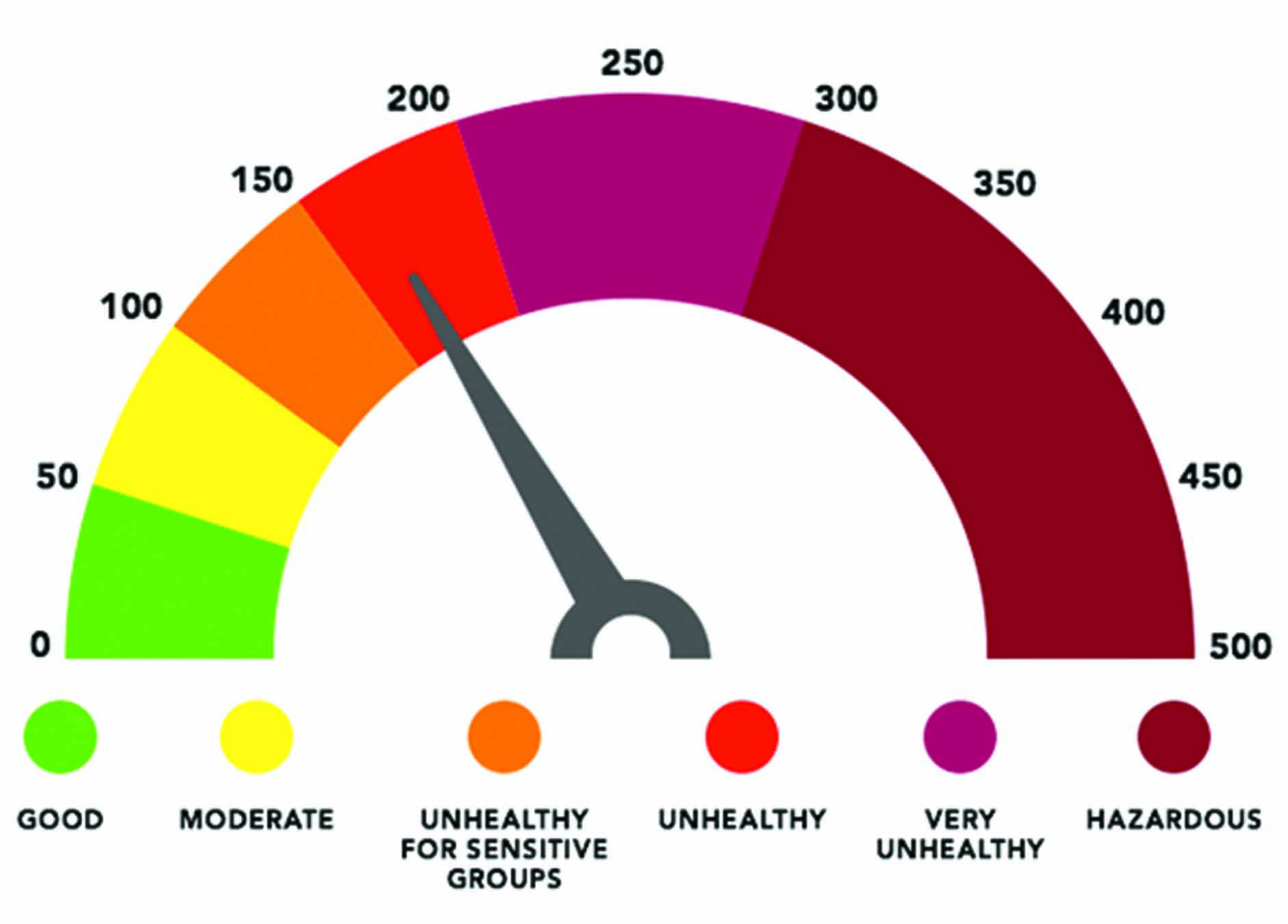
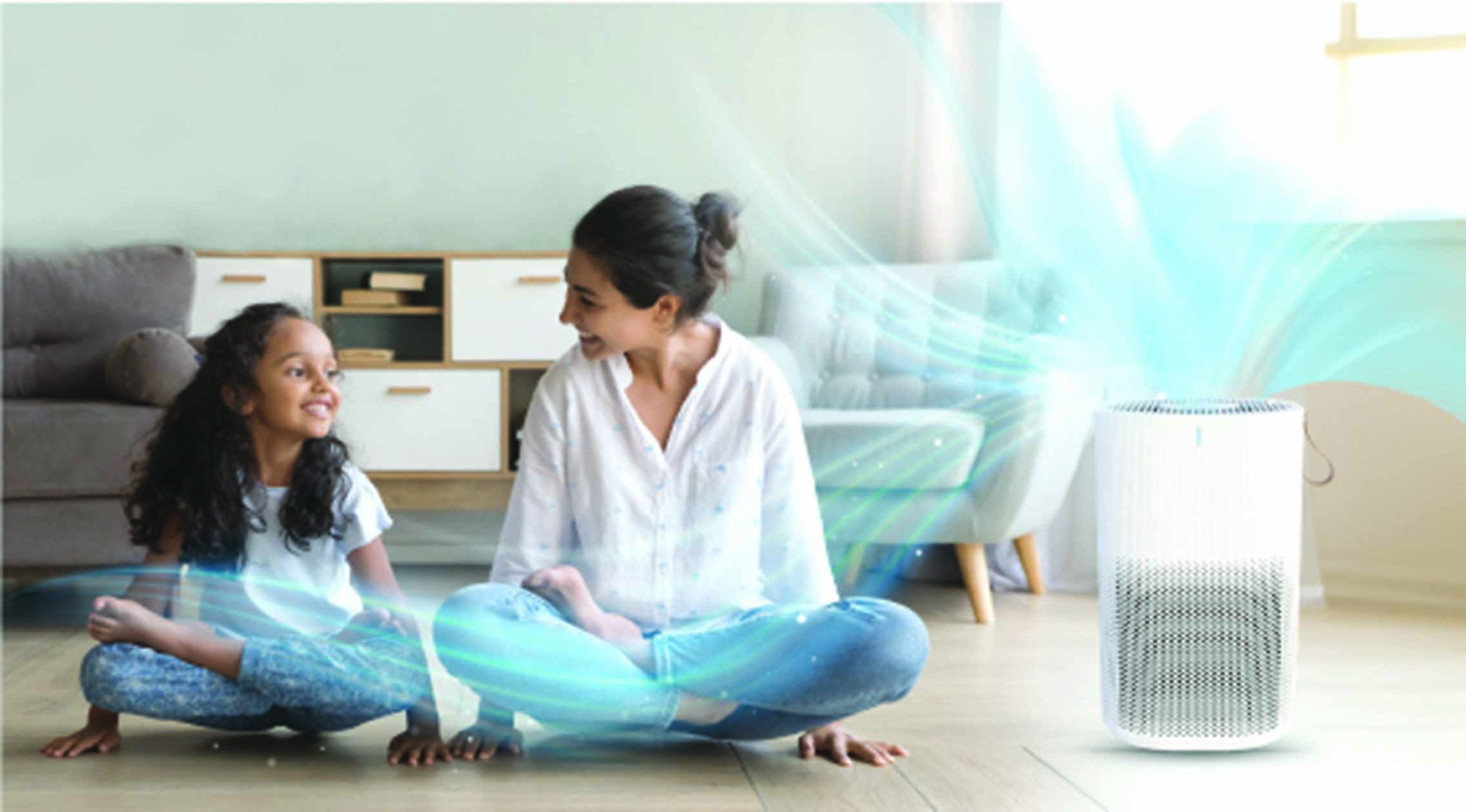











Add comment